History
In the late 1940s, the Soviet Union was strongly committed to matching the United States in strategic bombing capability. The Soviets' only long-range bomber at the time was Tupolev's Tu-4 'Bull', a reverse-engineered copy of the American B-29 Superfortress. The development of the notably powerful Mikulin AM-3 turbojet led to the possibility of a large, jet-powered bomber.
The Tupolev design bureau began work on the Tu-88 ("Aircraft N") prototypes in 1950. The Tu-88 first flew on 27 April 1952. After winning a competition against the Ilyushin Il-46, it was approved for production in December 1952. The first production bombers entered service with Frontal Aviation in 1954, receiving the service designation Tu-16. It received the NATO reporting name Badger-A.
It had a new, large swept wing and two large Mikulin AM-3 turbojets, one in each wing root. It could carry a single massive FAB-9000 9,000 kg (20,000 lb) conventional bomb (the Russian equivalent in terms of size of the British Grand Slam, but lacking the ground penetrating capability) or various nuclear weapons for a range of around 4,800 km (3,000 mi). Production took place in three aviation plants, Kazan Aircraft Production Association, Kuybyshev, and Voronezh Aircraft Production Association.
Although the Tu-16 began as a high-altitude, free-fall bomber, in the mid-1950s, it was equipped to carry early Soviet cruise missiles. The Tu-16KS-1 (Badger-B) version could carry AS-1 missiles over a combat radius of 1,800 km (1,100 mi). These very large weapons were aerodynamically similar to the Mikoyan-Gurevich MiG-15 fighter, fitted with either a nuclear or conventional warhead, having a range of about 140 km (85 mi). They were intended for use primarily against US Navy aircraft carriers and other large surface ships. Subsequent Tu-16s were converted to carry later, more advanced missiles, while their designations changed several times.
A versatile design, the Tu-16 was built in numerous specialized variants for aerial reconnaissance, maritime surveillance, electronic intelligence gathering (ELINT), and electronic warfare (ECM). In total, 1,507 aircraft were constructed in three plants in the Soviet Union, in 1954–1962. A civilian adaptation, the Tupolev Tu-104, saw passenger service with Aeroflot. The Tu-16 was also exported to Indonesia, Egypt, and Iraq. It continued to be used by the Air Forces and naval aviation of the Soviet Union and subsequently Russia, until 1993.
Delivery of the Tu-16 to China began in 1958, and the Xi'an Aircraft Industrial Corporation license-produced the aircraft under the Chinese designation Xian H-6. At least 120 of these aircraft remain in service. On 14 May 1965, one of the PLAAF Tu-16 bombers carried out the first airborne nuclear weapon test inside China.
Source: Wikipedia




FLIGHT MANUAL
Take off procedures:
-Set flaps to 50%
-wait till the plane reach 440±Km/h
-Let the plane rotate it self
-set the gears up when plane already airborne
-after the plane airborne set the flaps at 25% when the plane airborne
-set the flaps to 0% when the plane already reache 850Km/h
Landing procedures:
-slow the aircraft down to 450Km/h before engaging the run way
-set the flaps to 50% when already reach 450Km/h
-set flaps to 100%(if you don't have missiles on your wings) when reach 300km/h
-DON'T SET THE FLAPS TO 75–100% WHEN YOU HAVE MISSILES ON YOUR WINGS
-Butter Landing only possible when the plane reach 280Km/h
-Press AG7 to Activate Drag chute
WEAPONS MANUAL
-AG1 open and Activate the bomb bay doors
-AG2 Activate the top turret (Manually controlled following camera movement)
-AG3 Activate bottom turret (Manually controlled following camera movement)
-AG4 Activate tail gunner (Manually controlled following camera movement)
-AG6 Jatison all external weapons
CONTROL MANUAL
-VTOL for Flaps
-AG7 for drag chute
Low parts version 👇
Tu-16 Badger AURI
Special thanks to @urIbee for taking the screenshot
Special tag: @Moonraker
Specifications
Spotlights
- jamesPLANESii 2.5 years ago
- goboygo1 2.5 years ago
- GrizzlitnCFSP 2.5 years ago
- EngieWeeb 2.5 years ago
- SyntheticL 2.5 years ago
- DwiAngkasaAeronautics 2.5 years ago
- DTMF 2.5 years ago
- TatsuTheOtaku 2.5 years ago
- BlackThuNDR 2.5 years ago
- Rafalemmm 2.5 years ago
- Otana 2.5 years ago
General Characteristics
- Successors 7 airplane(s) +84 bonus
- Created On Android
- Wingspan 108.9ft (33.2m)
- Length 120.3ft (36.7m)
- Height 33.3ft (10.2m)
- Empty Weight 91,012lbs (41,282kg)
- Loaded Weight 118,063lbs (53,552kg)
Performance
- Power/Weight Ratio 0.571
- Wing Loading 57.1lbs/ft2 (278.9kg/m2)
- Wing Area 2,066.6ft2 (192.0m2)
- Drag Points 5036
Parts
- Number of Parts 742
- Control Surfaces 7
- Performance Cost 3,367

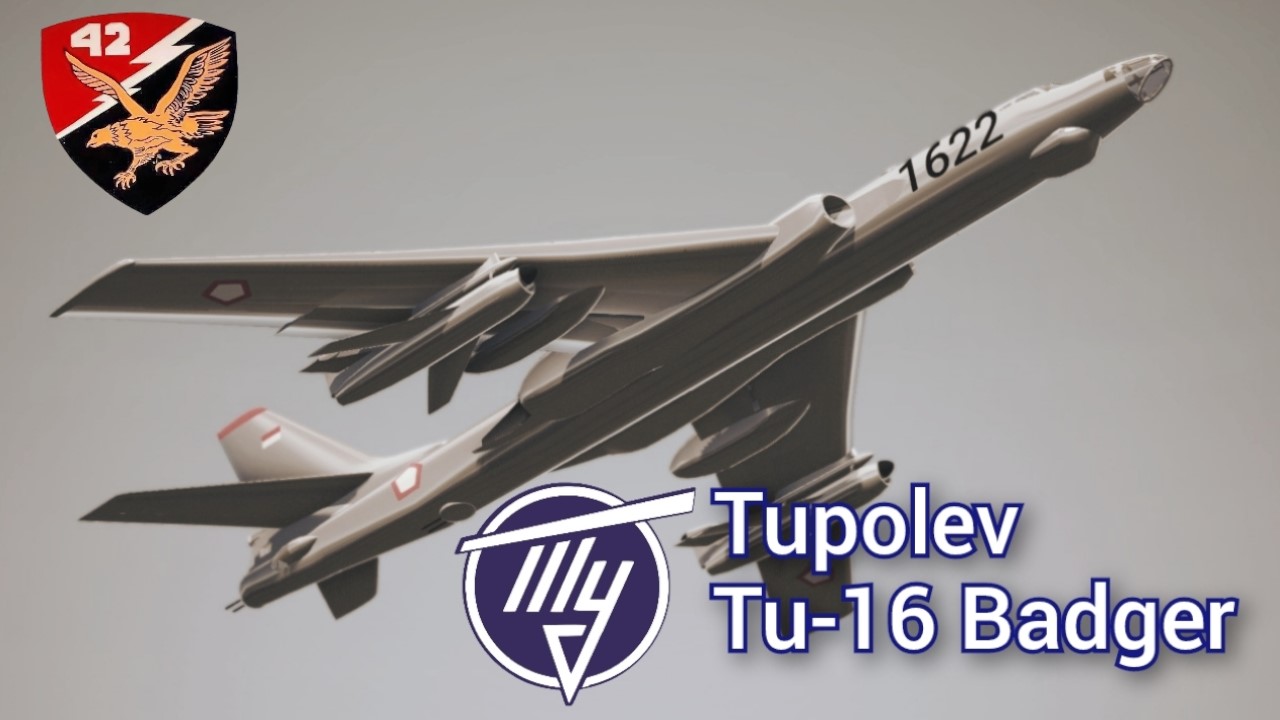
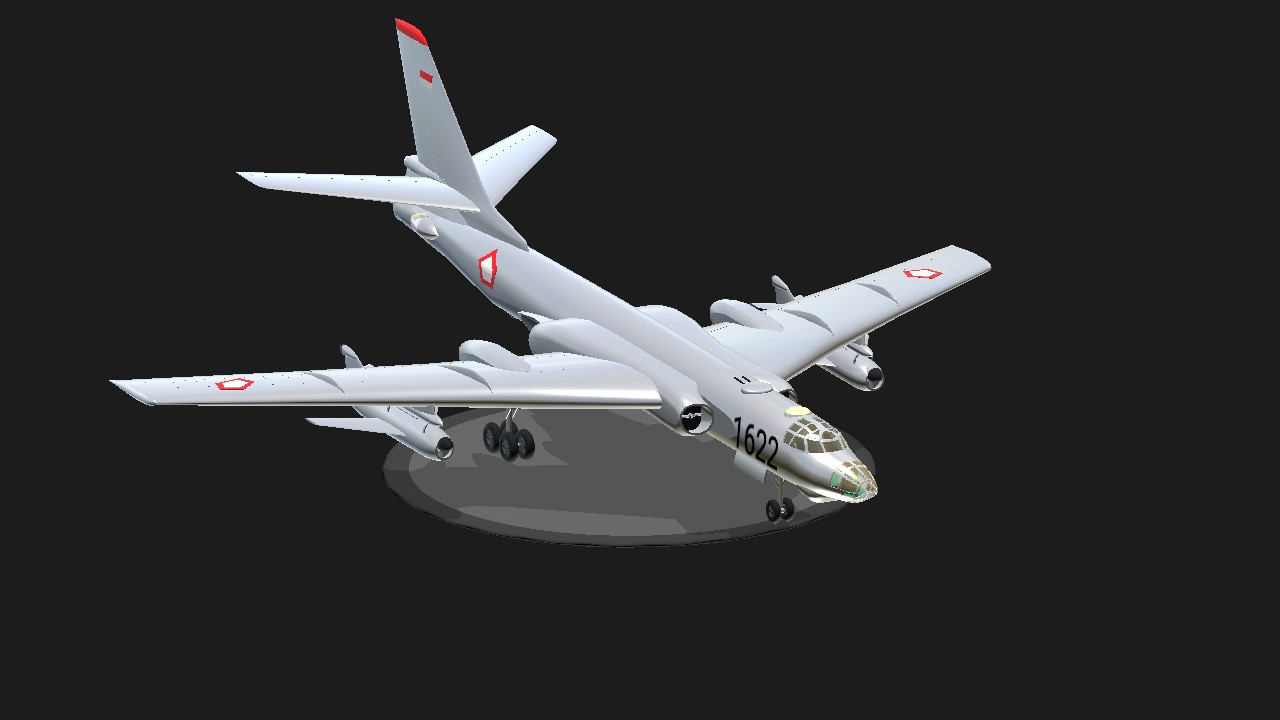
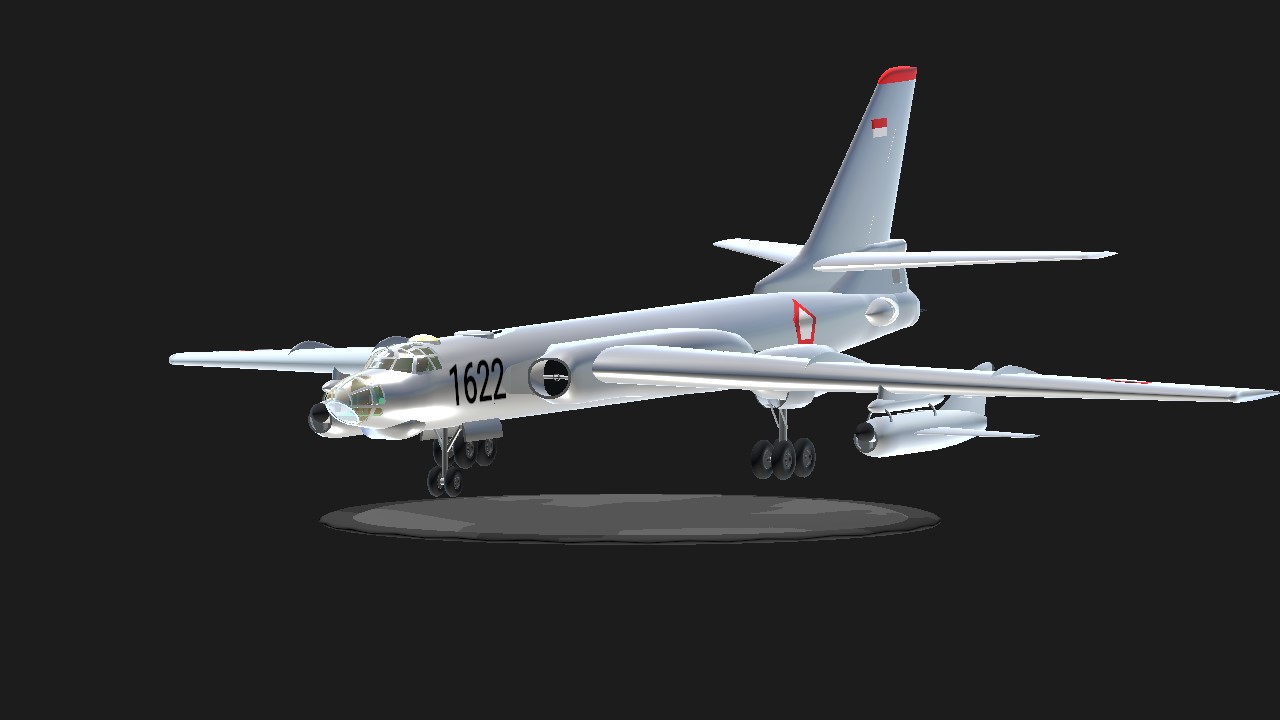
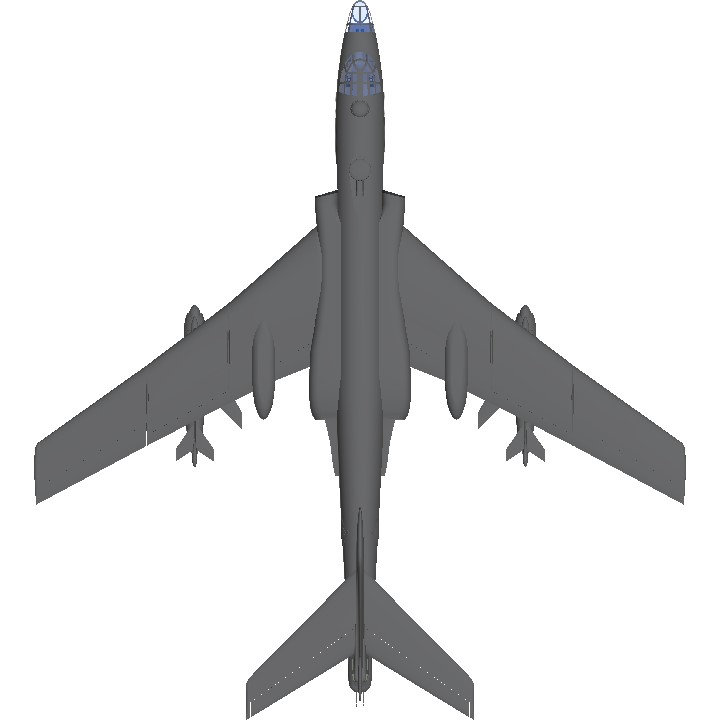
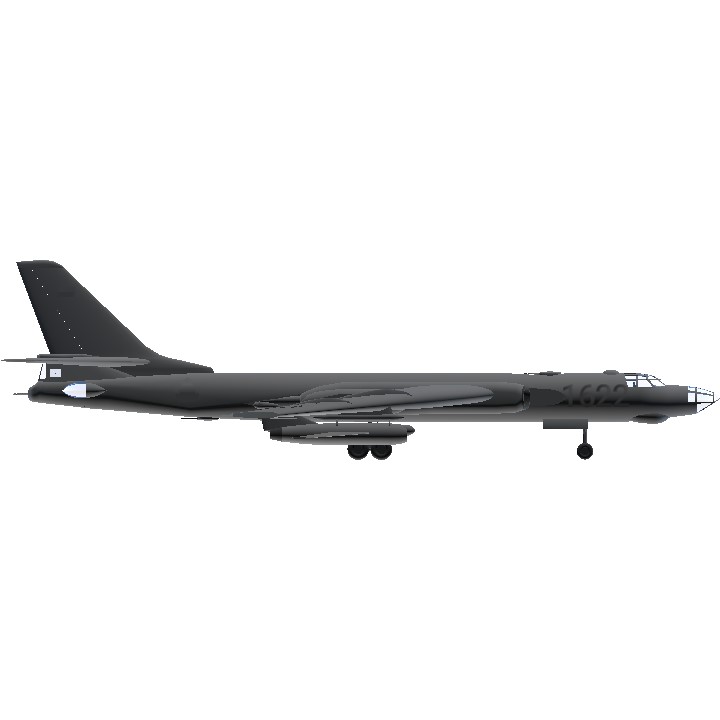
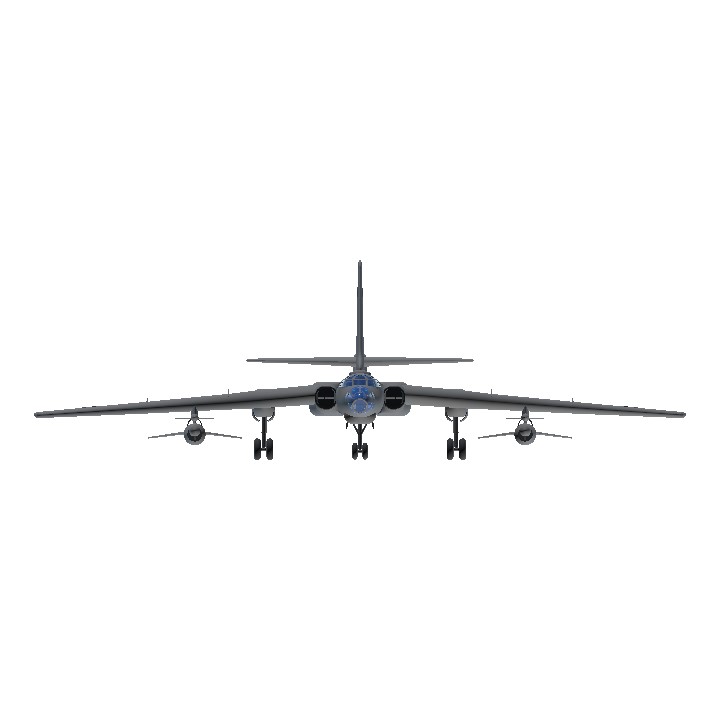
I'm back :)
It's been a while since the last time i upload
六爷(确信)
你们已经不用图16了吧.jpg
nice plane!
When I changed the power of three bombs on the plane to 25 and 50. I knew it was not destined to be ordinary.
六爷的原型
你们还在用图16吗?(
mengagumkan sih,indonesia pernah punya ini di era bung karno
i have never seen a MiG-17/-15 to be used as missiles
I’m gonna steal the wings lol
@sonic1991 回去自己换个解放军空军涂装,就是六爷了(其实并不是)
You should make a f-86 saber
How do you get the awesome exhaust on the missiles? Also, really nice build bro
参拜六爷(原型)
nice work
When firing the bomb and the plane things it does a camera of the thing that I fired before it hits how can I stop that
can you make a tu-160
Great 10/10
@Aghsan22 i tried but the gun cant shoot
@Unoorrr read the manual
Nice plane bro
BTW why is the machine gin can't shoot?
the best bomber i tried in simpleplane
Epic